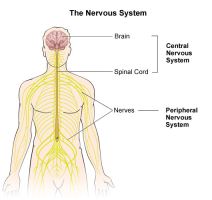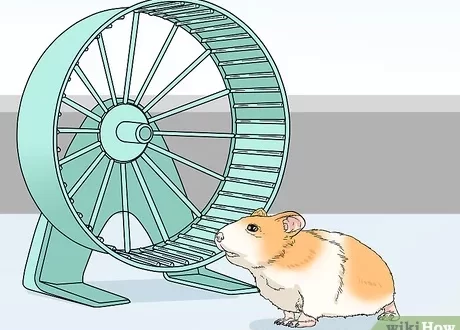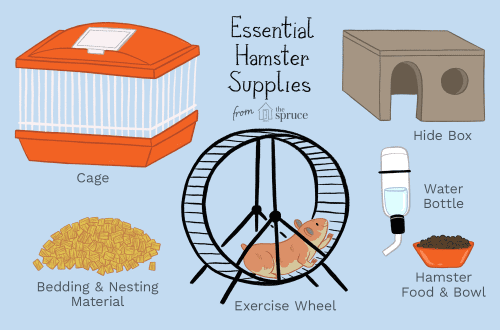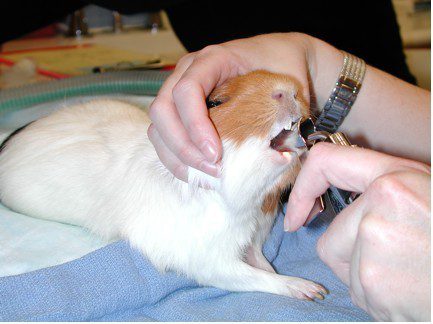
Cov kab mob ntawm lub siab thiab lub paj hlwb
Ob lub qhov muag
- Kab mob vwm
Reddened conjunctiva of the eyelids and at the same time transparent tears and purulent discharge from the eyes of guinea pigs are found in many infectious diseases. Such conjunctiva are clinical manifestations of the disease, and therefore their treatment with antibiotic eye ointments is only symptomatic. First of all, it is necessary to eliminate the cause of the underlying disease, after which the conjunctivitis will also pass. It is important that with severe lacrimation, the eyes of the animal should be smeared with ointment not 1-2 times a day, but every 1-2 hours, since abundant tears very quickly wash it out of the eye again.
Unilateral conjunctivitis is sui generis conjunctivitis. Treatment also includes frequent use of eye drops or antibiotic ointments. In case of unilateral conjunctivitis, in each case, 1 drop of fluorescein solution (Fluorescin Na. 0,5, Aqua dest. Ad 10,0) should be instilled into the eye to exclude the possibility of damage to the cornea of the eye. This can be detected after instillation of fluorescein by staining the drug in green.
- Keratitis
The cornea of the eye can be damaged by hay, straw or twigs. Animals are brought to the veterinarian most often when the cornea has already begun to become cloudy. The size and degree of damage are established using a fluorescein solution. Treatment is with antibiotic eye drops and Regepithel eye drops. Both drugs are alternately dripped onto the eyeball every 2 hours. As a supportive treatment, eye ointments containing glucose are used. Due to the risk of perforation of the cornea, eye ointments containing cortisone are contraindicated.
Pob Ntseg
- otitis sab nraud
Inflammation of the ear canal can occur due to foreign bodies, severe contamination, or water intrusion. If you shake the animal’s head, a brownish exudate will come out of the ear. Animals scratch their ears and rub their heads on the floor. In severe cases, they hold their heads askew. In Otitis purulenta, pus oozes out of the ear canal and causes inflammation of the surrounding skin.
Treatment consists of thorough cleaning of the affected ear canal with a cotton swab. However, solvents containing alcohol, which are sold as so-called “ear cleaners”, should not be used, so as not to further damage the epithelium of the ear canal. After thorough cleaning, the ear canal should be treated with an ointment, the main components of which are fish oil and zinc. After 48 hours, the treatment must be repeated.
As a result of infection with staphylococci and streptococci, Otitis media and Otitis interna occur. Animals hold their heads obliquely, uncoordinated movements appear.
Treatment: antibiotic injections.
Damage to the ears is a sign that many animals are kept in a small space. In the struggle for supremacy, animals try to bite each other on the ears that stick out. Along with the usual treatment of the wound in such cases, it is necessary to reduce the number of animals or separate especially quarrelsome from the rest.
Lub cev tsis muaj zog
- Krivosheya
In guinea pigs, diseases of the central nervous system are observed, which are associated with torticollis, movement disorders and the fact that animals hold their heads askew. A treatment that promises success is unknown. However, good results after injections of vitamin B12 and 3 drops of Nehydrin. In any case, with movement disorders, impaired coordination of movements, and in cases where the animal holds its head askance, keep in mind that it may have otitis media. Therefore, it is necessary to attach special importance to the examination of the ears.
- Plague of guinea pigs, paralysis
This viral disease of the spinal cord and brain becomes clinically apparent after an incubation period of 8 to 22 days in guinea pigs. There is a disorder of movements, the rear part is dragged, which leads to complete paralysis of the posterior third of the body. Animals are very weak, convulsions appear. Droppings accumulate in the perineum, from which the animals, due to weakness, cannot empty themselves. Guinea pigs die about 10 days after the first symptoms appear. The method of treatment is unknown, there is no chance of recovery, so they are euthanized.
Ob lub qhov muag
- Kab mob vwm
Reddened conjunctiva of the eyelids and at the same time transparent tears and purulent discharge from the eyes of guinea pigs are found in many infectious diseases. Such conjunctiva are clinical manifestations of the disease, and therefore their treatment with antibiotic eye ointments is only symptomatic. First of all, it is necessary to eliminate the cause of the underlying disease, after which the conjunctivitis will also pass. It is important that with severe lacrimation, the eyes of the animal should be smeared with ointment not 1-2 times a day, but every 1-2 hours, since abundant tears very quickly wash it out of the eye again.
Unilateral conjunctivitis is sui generis conjunctivitis. Treatment also includes frequent use of eye drops or antibiotic ointments. In case of unilateral conjunctivitis, in each case, 1 drop of fluorescein solution (Fluorescin Na. 0,5, Aqua dest. Ad 10,0) should be instilled into the eye to exclude the possibility of damage to the cornea of the eye. This can be detected after instillation of fluorescein by staining the drug in green.
- Keratitis
The cornea of the eye can be damaged by hay, straw or twigs. Animals are brought to the veterinarian most often when the cornea has already begun to become cloudy. The size and degree of damage are established using a fluorescein solution. Treatment is with antibiotic eye drops and Regepithel eye drops. Both drugs are alternately dripped onto the eyeball every 2 hours. As a supportive treatment, eye ointments containing glucose are used. Due to the risk of perforation of the cornea, eye ointments containing cortisone are contraindicated.
Pob Ntseg
- otitis sab nraud
Inflammation of the ear canal can occur due to foreign bodies, severe contamination, or water intrusion. If you shake the animal’s head, a brownish exudate will come out of the ear. Animals scratch their ears and rub their heads on the floor. In severe cases, they hold their heads askew. In Otitis purulenta, pus oozes out of the ear canal and causes inflammation of the surrounding skin.
Treatment consists of thorough cleaning of the affected ear canal with a cotton swab. However, solvents containing alcohol, which are sold as so-called “ear cleaners”, should not be used, so as not to further damage the epithelium of the ear canal. After thorough cleaning, the ear canal should be treated with an ointment, the main components of which are fish oil and zinc. After 48 hours, the treatment must be repeated.
As a result of infection with staphylococci and streptococci, Otitis media and Otitis interna occur. Animals hold their heads obliquely, uncoordinated movements appear.
Treatment: antibiotic injections.
Damage to the ears is a sign that many animals are kept in a small space. In the struggle for supremacy, animals try to bite each other on the ears that stick out. Along with the usual treatment of the wound in such cases, it is necessary to reduce the number of animals or separate especially quarrelsome from the rest.
Lub cev tsis muaj zog
- Krivosheya
In guinea pigs, diseases of the central nervous system are observed, which are associated with torticollis, movement disorders and the fact that animals hold their heads askew. A treatment that promises success is unknown. However, good results after injections of vitamin B12 and 3 drops of Nehydrin. In any case, with movement disorders, impaired coordination of movements, and in cases where the animal holds its head askance, keep in mind that it may have otitis media. Therefore, it is necessary to attach special importance to the examination of the ears.
- Plague of guinea pigs, paralysis
This viral disease of the spinal cord and brain becomes clinically apparent after an incubation period of 8 to 22 days in guinea pigs. There is a disorder of movements, the rear part is dragged, which leads to complete paralysis of the posterior third of the body. Animals are very weak, convulsions appear. Droppings accumulate in the perineum, from which the animals, due to weakness, cannot empty themselves. Guinea pigs die about 10 days after the first symptoms appear. The method of treatment is unknown, there is no chance of recovery, so they are euthanized.




